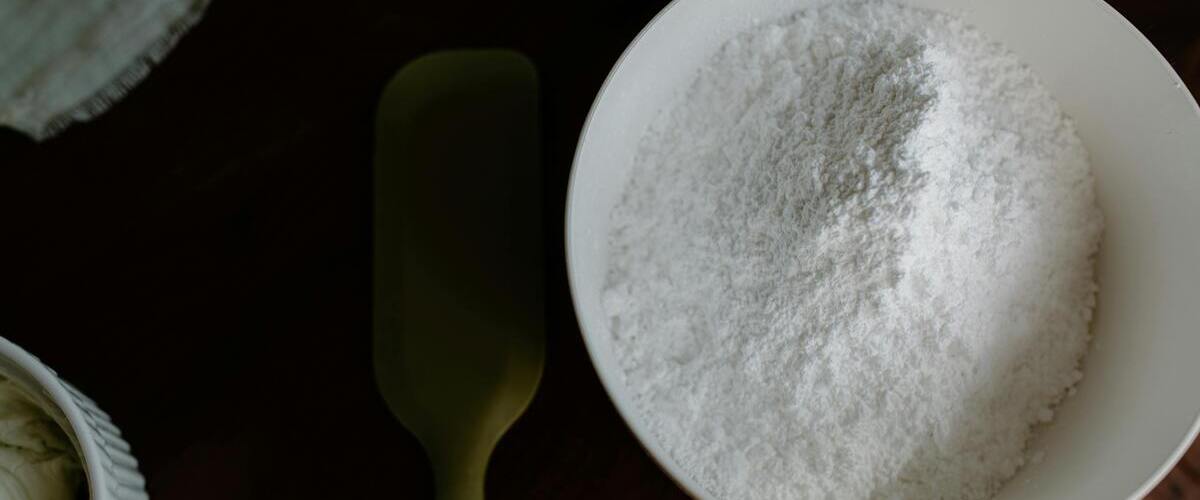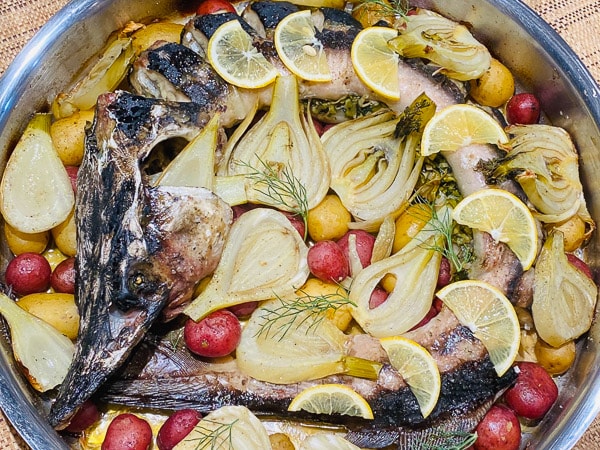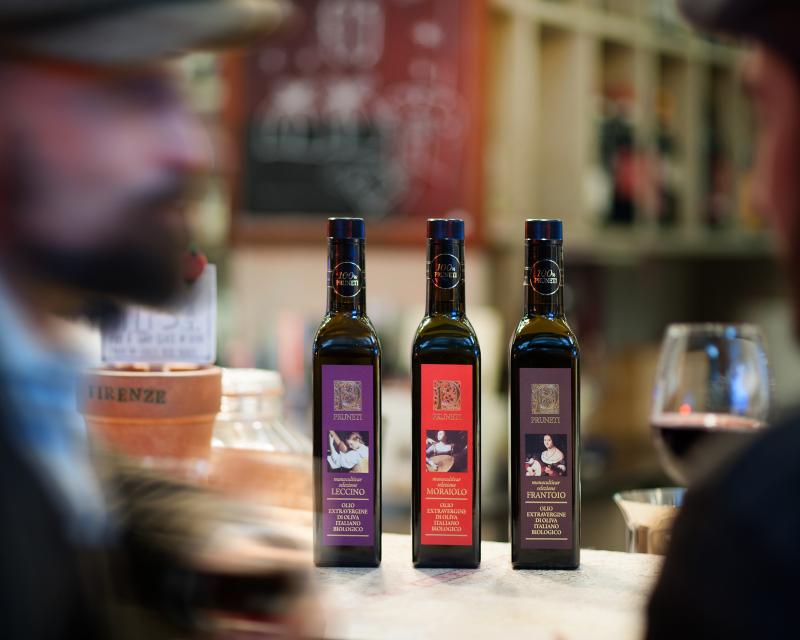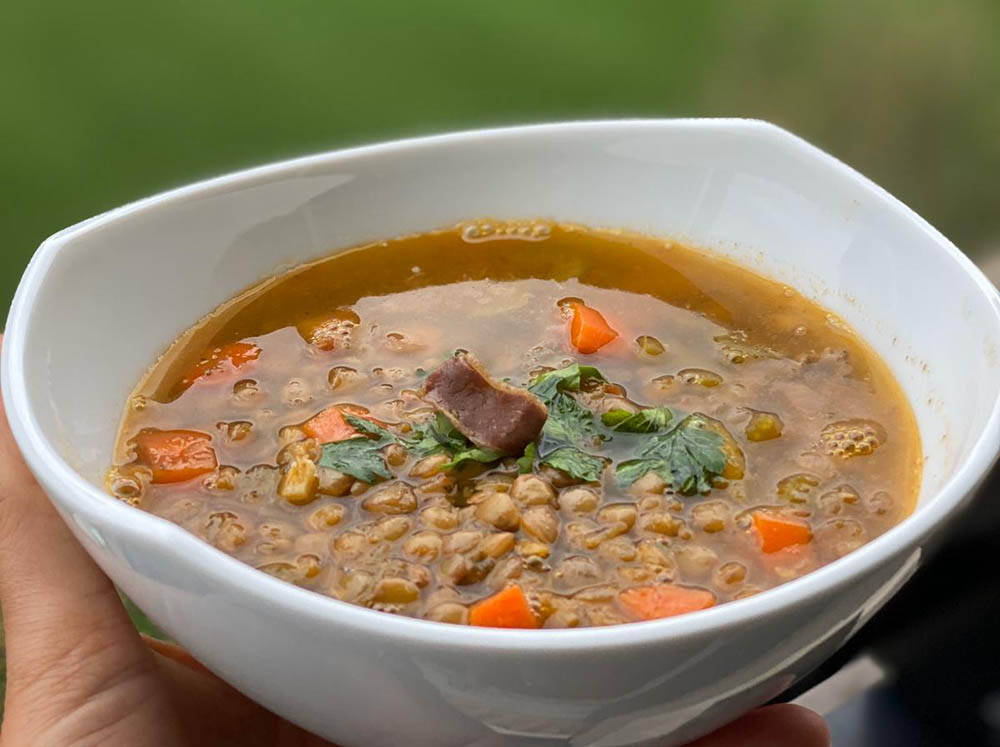The Science of Gluten-Free Baking: Techniques and Flour Alternatives
If you’ve ever wished that creating delicious, indulgent gluten-free baked goods was as simple as regular baking but just haven't had any luck in your kitchen yet, then this post is for you! We’re exploring the science of gluten-free baking and revealing valuable techniques and flour alternatives that have been crafted to bring out the best flavors in every recipe. No more crumbly, disappointing treats; welcome to a world where texture and flavor reign supreme! Whether you're a sophisticated gourmet food consumer or an aspiring home chef just beginning their pastry exploration - we'll give you an insider's look at what it takes to make delightful desserts, one bite at a time.
Understanding why gluten-free baking is different from traditional baking

Gluten-free baking has become a popular trend in recent years, but what many people don't realize is that it requires a completely different approach than traditional baking methods. The absence of gluten, a protein found in wheat, rye, and barley, changes the texture, taste, and structure of baked goods. To create successful gluten-free desserts, bakers must understand the properties of different flours, gums, and binders that are used to compensate for the lack of gluten. Gluten-free baking is both a science and an art that requires experimentation and lots of patience. However, once you master the basics, you can create delicious treats that are just as good, if not better than their gluten-filled counterparts. So whether you're gluten-sensitive or just curious about trying something new, gluten-free baking is an exciting and rewarding journey that is definitely worth pursuing.
Tips for working with gluten-free flours and other alternatives
As someone who has worked extensively with gluten-free flours and other alternatives, I can confidently say that making the switch can be intimidating. But don't let the fear of the unknown hold you back from creating delicious and satisfying meals. The key to successfully working with these substitutes is to understand how they behave and what makes them unique. For example, gluten-free flours often require more moisture and binding agents than traditional wheat flour. Additionally, there are a wide range of alternative flours out there, each with their own distinct qualities and flavor profiles. Whether you opt for almond flour, coconut flour, or a blend of multiple flours, the possibilities are endless. With a little experimentation and a willingness to learn, anyone can master the art of gluten-free baking and cooking.
Exploring the science of creating a gluten-free dough
Creating gluten-free dough is not just about following a recipe. It's a science that demands creativity and intuition. To understand how this dough is formed, we must delve into the chemistry of gluten. Gluten, a protein found in wheat flour, is responsible for the elasticity and structure of dough. But, for those who have celiac disease or a gluten sensitivity, ingesting gluten can cause severe digestive issues. This has led to the development of innovative recipes that replace wheat flour with alternative flours such as rice flour, tapioca flour, and potato starch. But creating a dough that has the same texture and elasticity as wheat flour dough requires experience and a deep understanding of the science of baking. The journey of creating a perfect gluten-free dough is both intriguing and challenging. Are you ready to embark on this scientific adventure?
Popular substitutions for traditional wheat flour including almond, coconut, and rice flours
As the demand for gluten-free and low-carb diets skyrocket, people are turning to alternative flours to replace traditional wheat flour. One of the most popular substitutions is almond flour, made of finely ground blanched almonds, which offers a nuttier flavor and a lower glycemic index. Coconut flour is also a great option, made of ground up coconut meat, and is incredibly absorbent, hence why it's commonly used in recipes that require dense textures. Rice flour, made of finely milled rice grains, is another go-to for its mild flavor and versatility in both sweet and savory dishes. With an array of options available to cater to different dietary needs and preferences, it's time to step out of the culinary comfort zone and explore alternative flours.
Crucial techniques to know when baking gluten-free such as letting the dough rest or using a rolling pin correctly
Baking is an art that requires patience, precision, and a lot of experimentation. And when you are baking gluten-free, there are a few crucial techniques that can make all the difference between a disappointing result and a delicious treat. For example, letting the dough rest is a must. This gives the gluten-free flour a chance to absorb the moisture and become more elastic, preventing the baked goods from crumbling or turning out gummy. Similarly, using a rolling pin correctly can help you achieve the perfect thickness and texture for your crusts and pastries. Armed with these techniques and a passion for baking, you can create gluten-free masterpieces that are just as tasty and beautiful as their traditional counterparts.
Common mistakes to avoid while baking without gluten so you don't end up with dense, dry desserts
If you are new to gluten-free baking, you may face some challenges along the way. Don't worry, though - with a little practice and patience, you can create delicious, moist desserts without relying on traditional wheat flour. One of the biggest mistakes people make is using only one type of gluten-free flour, such as rice flour or coconut flour, for their recipes. Doing so can result in a dry, dense texture that is far from desirable. Instead, try combining different flours and starches, like almond flour, potato starch, and tapioca flour. Another common mistake is overmixing the batter, which can cause the dessert to become tough and rubbery. Remember to mix just until everything is combined, and avoid over-stirring. With a few simple tips and tricks, you can bake mouth-watering treats that everyone will enjoy - regardless of whether or not they eat gluten.
Gluten-Free Chocolate Cake
Ingredients:
- 2 cups almond flour
- 1/2 cup coconut sugar
- 1/4 cup cocoa powder
- 2 teaspoons baking powder
- 1 teaspoon baking soda
- 1/2 teaspoon sea salt
- 3 large eggs, beaten
- 1/2 cup olive oil or melted coconut oil
- 1 tablespoon vanilla extract
Instructions:
- Preheat oven to 350°F and grease an 8-inch round cake pan with butter or nonstick cooking spray.
- In a medium bowl, whisk together the almond flour, coconut sugar, cocoa powder, baking powder, baking soda, and sea salt.
- In a separate large bowl, whisk together the eggs, olive oil, and vanilla extract until combined.
- Add the dry ingredients to the wet ingredients and mix until just combined. Do not overmix.
- Pour the batter into the prepared cake pan and bake for 25-30 minutes or until a toothpick inserted in center comes out clean.
- Let cool completely before serving. Enjoy!
There’s a lot of way to go wrong with gluten-free baking, but the rewards are great once you figure it out. Whether you're a novice or an experienced baker, if you keep these tips and techniques in mind, you'll be well-prepared on your gluten-free journey. Make sure you rely on tried-and-true recipes that utilize gluten substitute ingredients and appropriate techniques and methods. With enough practice and patience, even without traditional wheat flower there is no limit to the delicious treats that can come out of your kitchen! From apple cakes to chocolate blondies, it's time to get creative with alternative flours and bake up something incredible.






